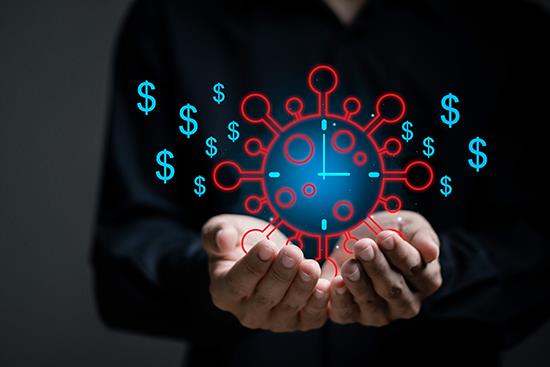An official website of the United States government
 United States Department of Labor
United States Department of Labor
 EMPLOYMENT & UNEMPLOYMENT • Sep 2024 • Volume 13 / Number 7
EMPLOYMENT & UNEMPLOYMENT • Sep 2024 • Volume 13 / Number 7

In this Beyond the Numbers article, we will examine historical trends in real average hourly earnings and inflation before and after the onset of the COVID-19 pandemic. We will analyze real earnings at the total private and major industry levels, with additional detailed analysis for selected industries. The article also looks at the impact average weekly hours had on changes in real average weekly earnings at the total private and major industry levels.
Read full article » Recent articles
Recent articles
If Fluffy, Spot, or Fido is a beloved member of your household, you are not alone—approximately 62 percent of Americans own a pet. And if your household is like the average pet owning household, you spent about $770 on your pet in 2021. So, what are these dollars paying for?
According to the 2021 Consumer Expenditure survey, vet services and pet food account for 35 and 33 percent of total spending on pets, respectively. Other spending on pets is allotted to pet purchase, supplies, and medicine (23 percent) and pet care services (9 percent). Although pet care services accounts for the smallest share of pet spending, both output and employment in the industry have grown rapidly in recent years.
The Producer Price Index (PPI) program is a broad measurement tool that comprises around 10,000 indexes that track the average changes in selling prices for goods, services, and construction. It aims to reflect sales to all types of buyers while measuring price movements from the perspective of producers. The belief that the PPI is a single index is a common misconception, implying that there is a single, topline index covering the whole producing economy. Misconceptions such as this can contribute to other misunderstandings about the PPI and its role in tracking inflation.
Inflation persisted in 2023, albeit at a decelerating rate compared with 2021 and 2022. Over the year, the Consumer Price Index (CPI) grew by the third largest over-the-year rate since 2007. The CPI is a measure of the average change over time in the prices paid by urban consumers for a market basket of consumer goods and services. How did the different categories of the CPI contribute to the over-the-year increase in 2023?